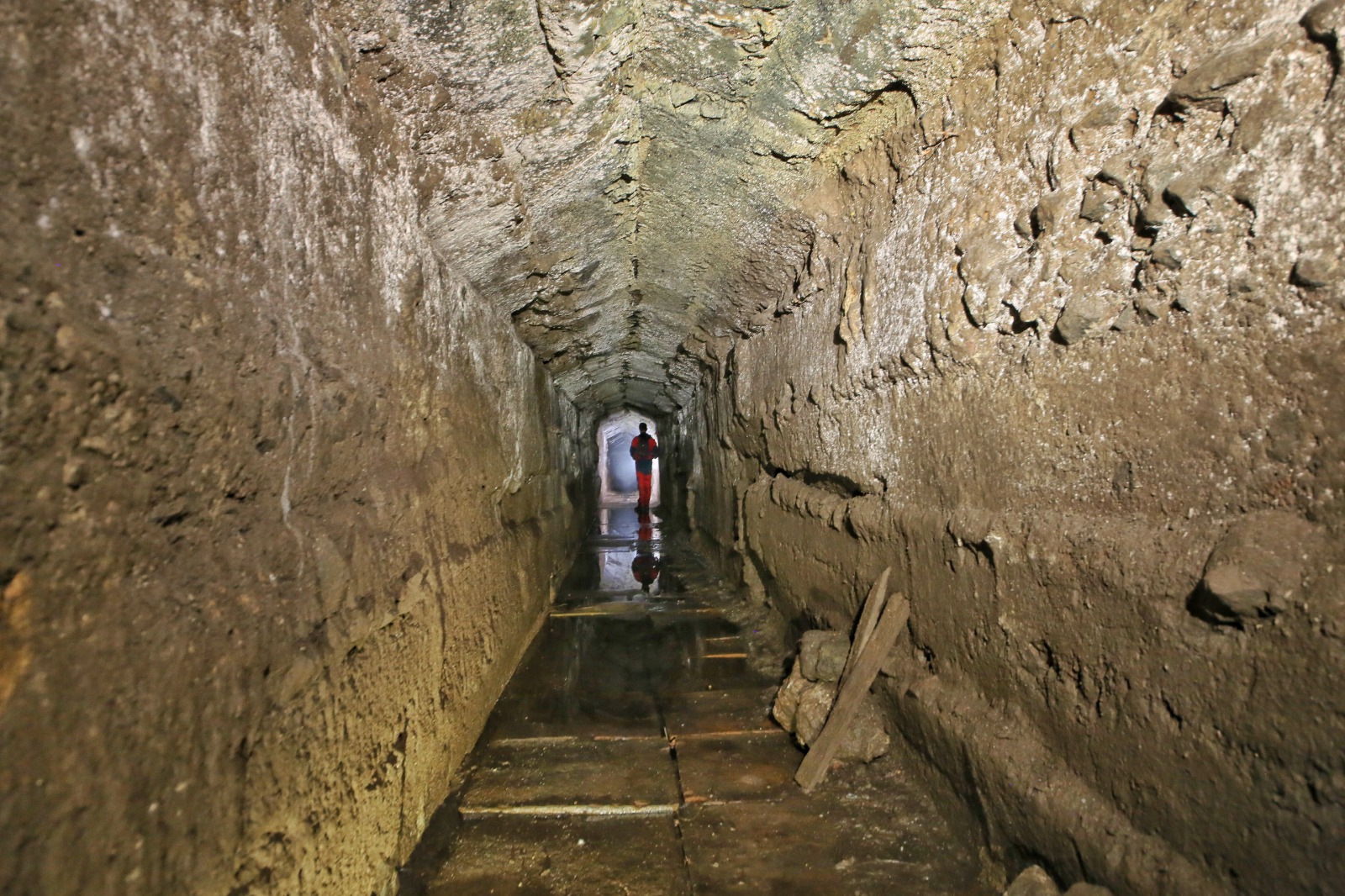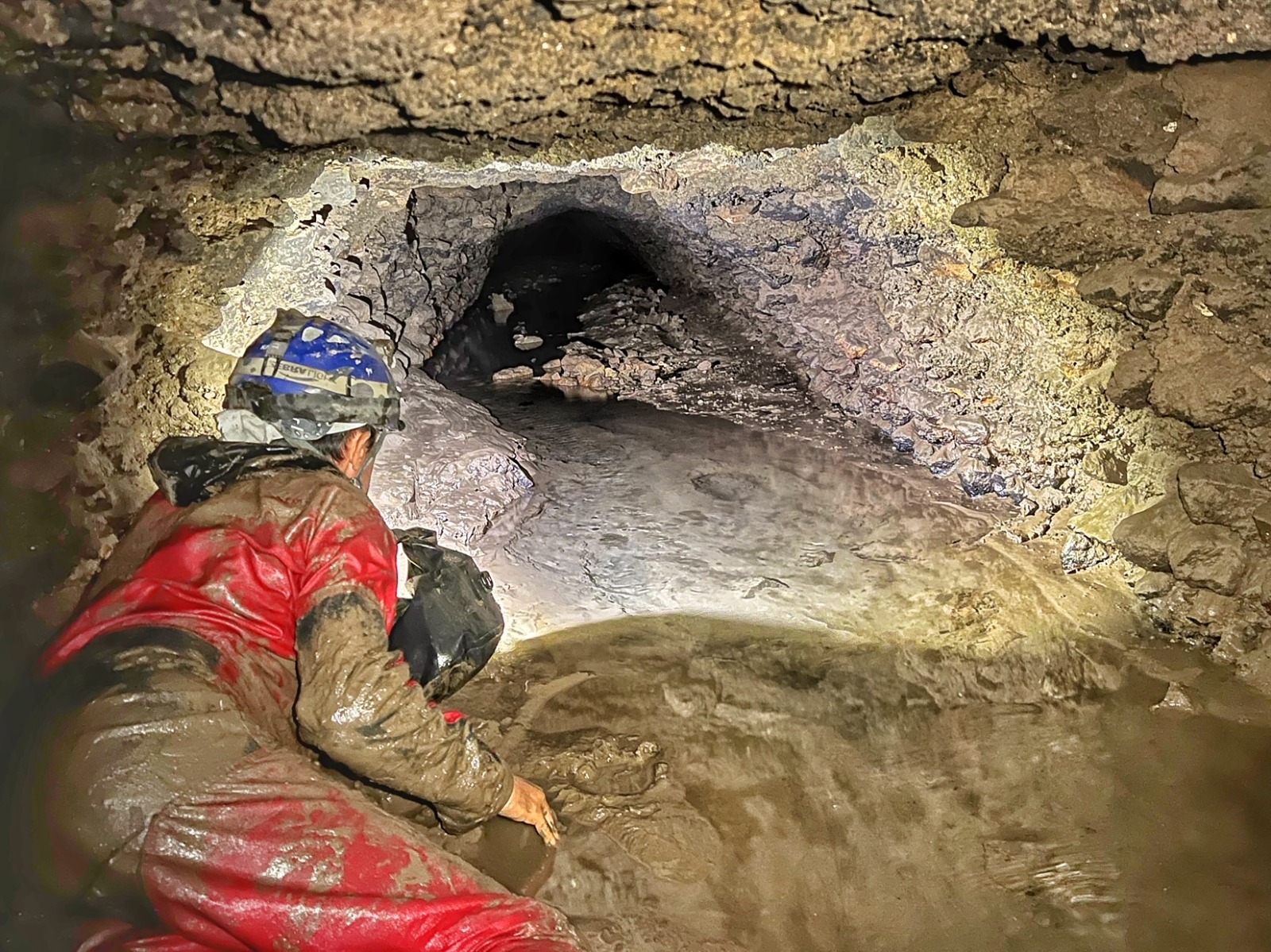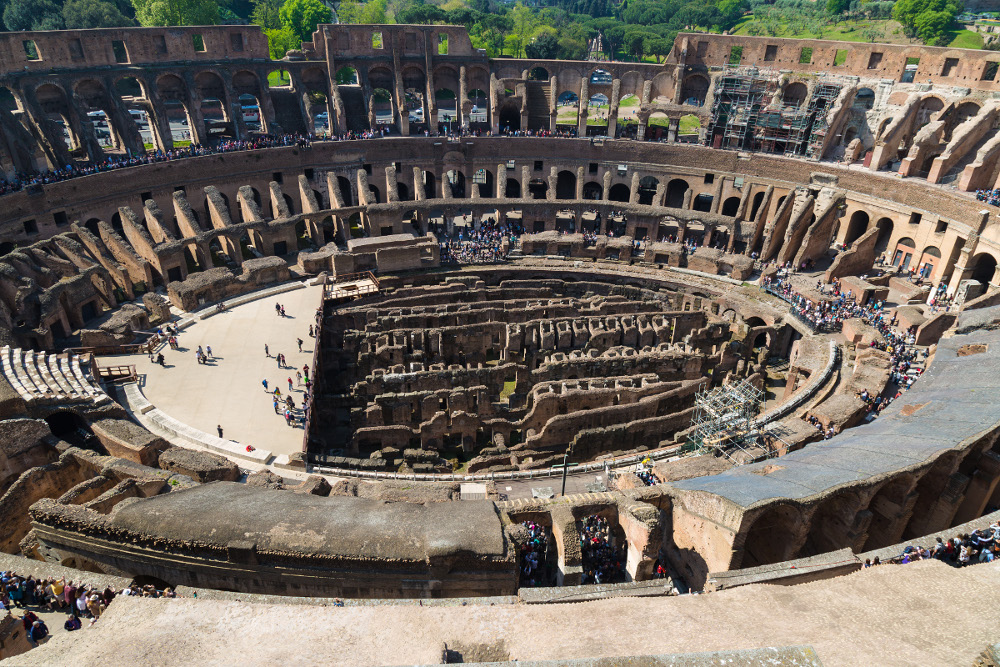Remains of chestnuts, figs, pine nuts, grapes, peach and plum pits, melon seeds, and then residues of the meals consumed by the spectators on the bleachers during the shows, more often than not meat, mostly pork and mutton, cooked at the moment on improvised braziers, together with some pizza and vegetables of all kinds.
And also bones of animals such as bears of different sizes, probably used in acrobatic shows, lions, leopards, deer, but also small dogs, or even larger ones, very probably forced to fight each other in the arena, or object of venationesthe hunting parties which, together with the fights of the gladiators, have entertained the Roman people eager to bread and circuses. Not to mention the spices, found in the form of small seeds, from coriander to fennel, and again anise, which escaped the attack of manganese, with their original color still clearly visible.
It is only part of the precious archaeological documentation that emerged following research into the sewage collectors of the Colosseumwhich bears witness to the last phases of the amphitheater’s life before the “end of the games” which took place in 523 AD, followed by its definitive abandonment.

South manifold, Colosseum Archaeological Park Archive | Courtesy of the Colosseum Archaeological Park
The fascinating “booty” returned from the belly of the giant desired by the Flavians was the focus of a day of public archeology promoted by the Colosseum Archaeological Park, aimed at presenting the results of a research project regarding the hydraulic system and sewers of the ‘Flavian Amphitheater. The meeting, entitled Hydraulics of the Colosseum. Presentation of new data from research in sewage collectors it took place at the Curia Iulia, in the presence of the director of the Colosseum Archaeological Park, Alfonsina Russo, and the experts of the research group that worked on the investigation under the scientific direction of Martina Almonte, Federica Rinaldi and Barbara Nazzaro.
Today it is impossible for visitors to access these underground conduits which still retain traces of use and the brick stamps with the signatures of the emperors who promoted their construction and restoration, but through the study involving the speleologists of Roma Sotterranea Srl – within the funding for Major Cultural Heritage Projects – alongside specialized architects and archaeologists, visitors too can ideally slip into the water, mud and ancient walls, to discover the habits that were consumed in one of the symbolic places of Rome and of antiquity .

Final part of the southern manifold, Colosseum Archaeological Park archive | Courtesy of the Colosseum Archaeological Park
“The important research work promoted by the Park, in collaboration with the best Italian and international institutes – explains Alfonsina Russo, director of the Colosseum Archaeological Park – has made it possible to better understand the functioning of the Colosseum as regards the hydraulic structure, but also to delve into the experience and habits of those who frequented this place during the long days dedicated to the shows. These were particularly delicate and complex excavation operations precisely because they were carried out in an artificial cavity. We have decided to present these results as part of a public archeology day, open to everyone’s participation, because we strongly believe that all our activities, from research to valorisation, must be shared with citizens and communities. This is the first step, which will undoubtedly be followed by the scientific edition and publication of the data”.
The stratigraphic excavation of the southern manifold kicked off the study activities, which began in January 2022, with a delicate operation to unblock almost 70 meters of canal with the collection of ample archaeological material.
Among the remains of spontaneous plants, very useful for underlining the degree of biodiversity of the place, there are blackberries and elders alongside fragments of boxwood and laurel leaves, evergreen plants which must have been used to decorate the rich settings or to adorn the areas adjacent to the Colosseum during the shows.
There were also finds of an artificial nature, such as dice or objects for personal use, such as a worked bone pin, and still studs, shoe tacks and fragments of leather, remains of wall and floor coverings as well as a conspicuous number of coins of the late age, 53, all in bronze with the exception of an orichalcum sestertius of Marcus Aurelius, found, in a poor state of conservation, in the southern sewer of the Colosseum.
Issued in 170-171 AD to celebrate the ten years of the emperor’s reign, with the inherent hope of being able to celebrate another ten, this coin which portrays, on one side, the emperor standing, understand veiled, in the act of performing a bloodless sacrifice on a tripod, should once have amazed with its brilliance. On the other hand, it was customary for an emperor to ingratiate himself with the people by throwing money right during the games.

Angular sewer, Colosseum Archaeological Park Archive | Courtesy of the Colosseum Archaeological Park
“Decades translated into games, parties for the imperial entourage and for the people of Rome – explains the archaeologist Francesca Ceci -. This coin inspired confidence for its value and for its liberating aspect as a means of exchange and for the propagandistic nature of the very image of Rome”.
How the coin got from the hands (or pockets) of the crowd to the sewer remains a mystery, while the hypotheses intertwine with the suggestions.
“Among the various ways to curry favor with the population – continues Ceci – there was that of distributing donations of various kinds, in particular during the ludi in the amphitheater. We can imagine, flying with the imagination, the shiny orichalcum coins with the ten-year anniversary thrown into the crowd and one of these, ours, falling into the sand of the arena and then dragged, together with the blood of men and animals, into the sewage pipes, and deposited there for many centuries until it was found by intrepid contemporary archaeologists”.
A surprising find that bears witness, over 1500 years later, to the fascination of those games and those days.

The arena seen from above. Courtesy of the Colosseum Archaeological Park

